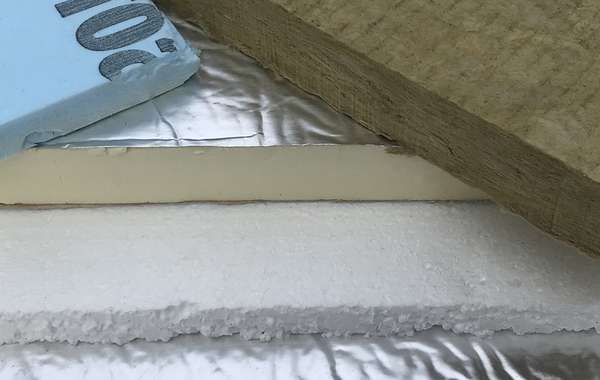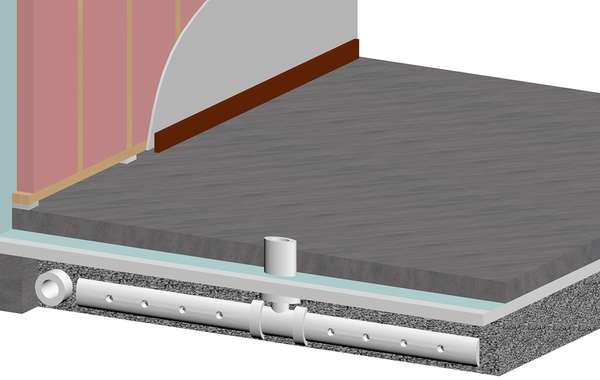Which is the best foam board insulation to put against poured concrete basement walls?
I have read and read until I am blue in the face with a migrane! I'm thinking/ hoping that I've finially gotten the insulation aspect of finishing our basement correct, but I'm still not sure. The two different kinds of foam boards I've been looking at are, Kingspan Insulation R-10 2in*4ft*8ft unfaced polystyrene foam board from Lowes and the Foamular 150 2in*4ft*8ft R-10 unfaced squared edge insulation sheathing from Home Depot. Are either of these two efficient and effective? We have baby number 4 due in March. We're on a tight budget, but also do not want to suffer the consequences of mold at a later date.
Also wondering if I should use drylok waterproofer paint on the concrete before applying the insulation board. I've read so many contridictory things from so many websites and forums, I am at a loss.
Thanks so much for the help!
Trish

























Both of those foam boards you list are XPS, short for Extruded Polystyrene, so there is really no difference. I don’t want to throw a new reading resource at you but this page explains the differences in types, and really in your case it’s about choosing between EPS foam (Expanded Polystyrene) and XPS foam, see the differences here –
The difference between Polyiso, EPS & XPS Foam Insulation & Styrofoam
But here’s the short story – XPS will work fine. Put it right against the concrete, it will save energy in heating, make you more comfortable and prevent moisture in the concrete from wetting the stud wall and causing mold. EPS insulation at 2 inch thick will also insulate and stop moisture, the difference is this – EPS has much lower climate change causing emissions that XPS, so EPS is more climate-friendly, but either works fine.
EPS has a slightly lower R value, but it is much cheaper, so you actually get more R value per dollar invested. If it were me – I’d choose EPS over XPS, and if you can spare the space, I’d suggest 3 inches of EPS rather than 2 inches of XPS. So put whichever of those two foam boards you like right against the concrete, build your wooden stud wall, add batt insulation between the studs (you can also leave them empty with no harm done), and after you do the wiring just put drywall on, DO NOT put on a poly vapor barrier at that point.
Despite the fact that almost every basement has a vapor barrier behind the drywall, it’s the worst thing you can do ona basement wall since all it does is trap moisture in the wall rather than letting it escape into the air where it is easily handled by a dehumidifier or ventilation equipment. If you want one more page to read, this one explains pretty simply how to insulate a basement properly - How to insulate a basement so it won’t develop mold.
We live in KY, USA. With our basement being completely underground it actually stays quite warm in the winter and cool in the summer and that's with it being completely unfinished right now, so I'm honestly not super worried about the r value and more about the mold factor, as two of our kids bedrooms will be moved down there.
Would you also use waterproof paint on stuff before applying the foam board, or not bother with it at all?
No I wouldn't bother with the paint. the foam will be waterproof enough. mold happens when people put wood against concrete and then seal it in with a sheet of plastic. You should have no problems. have you ever experienced flooding though? if you're going to the effort to finish it, it might not hurt to stick a sump pump to protect against flooding if there has ever been any. The weather is only getting more unpredicable and more severe so you never know.
Other things that help prevent flooding and even mold, is reducing the amount of water around the foundation, so things like eaves troughs that drain far from the foudation and being sure that the ground slopes away from the house not towards it.